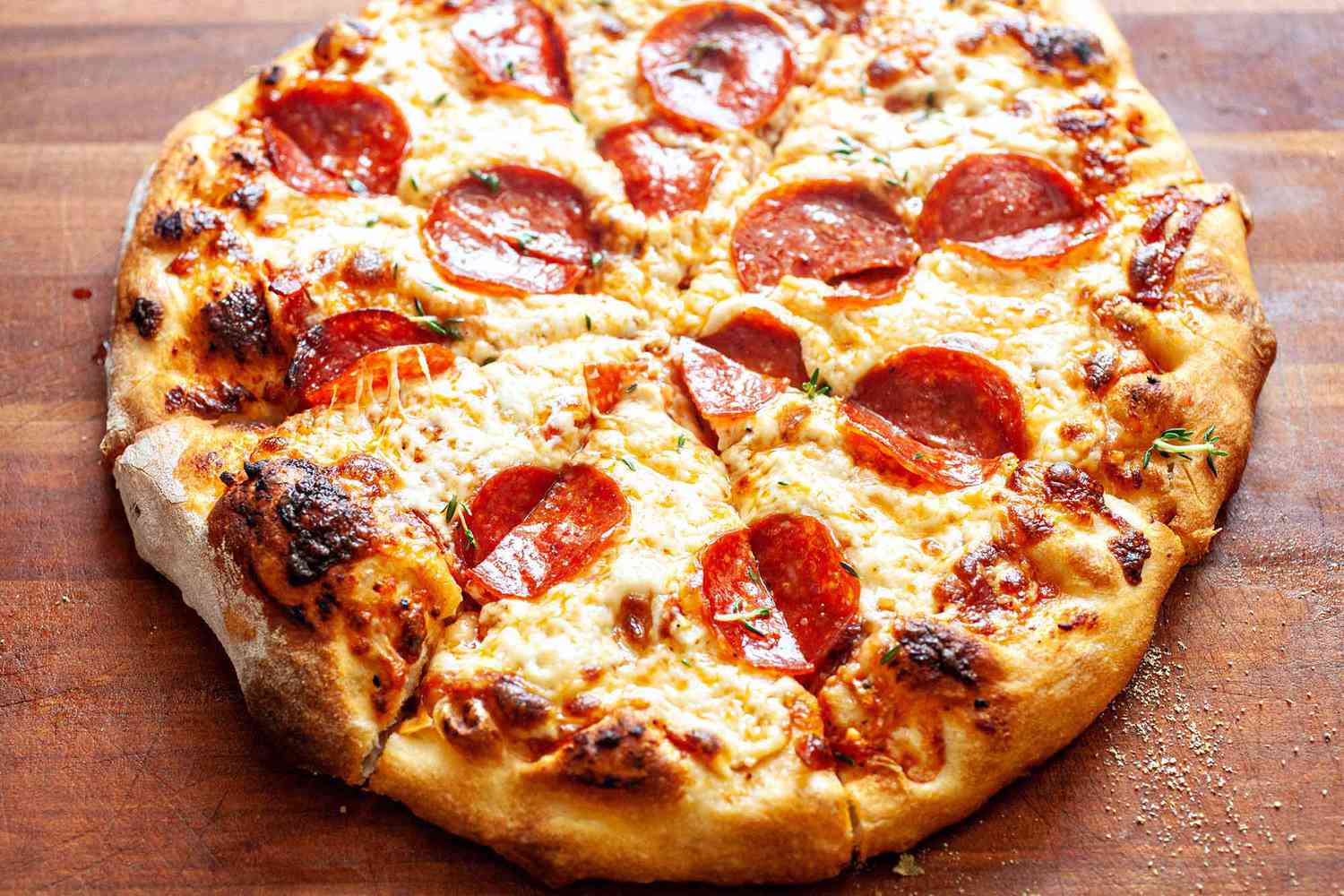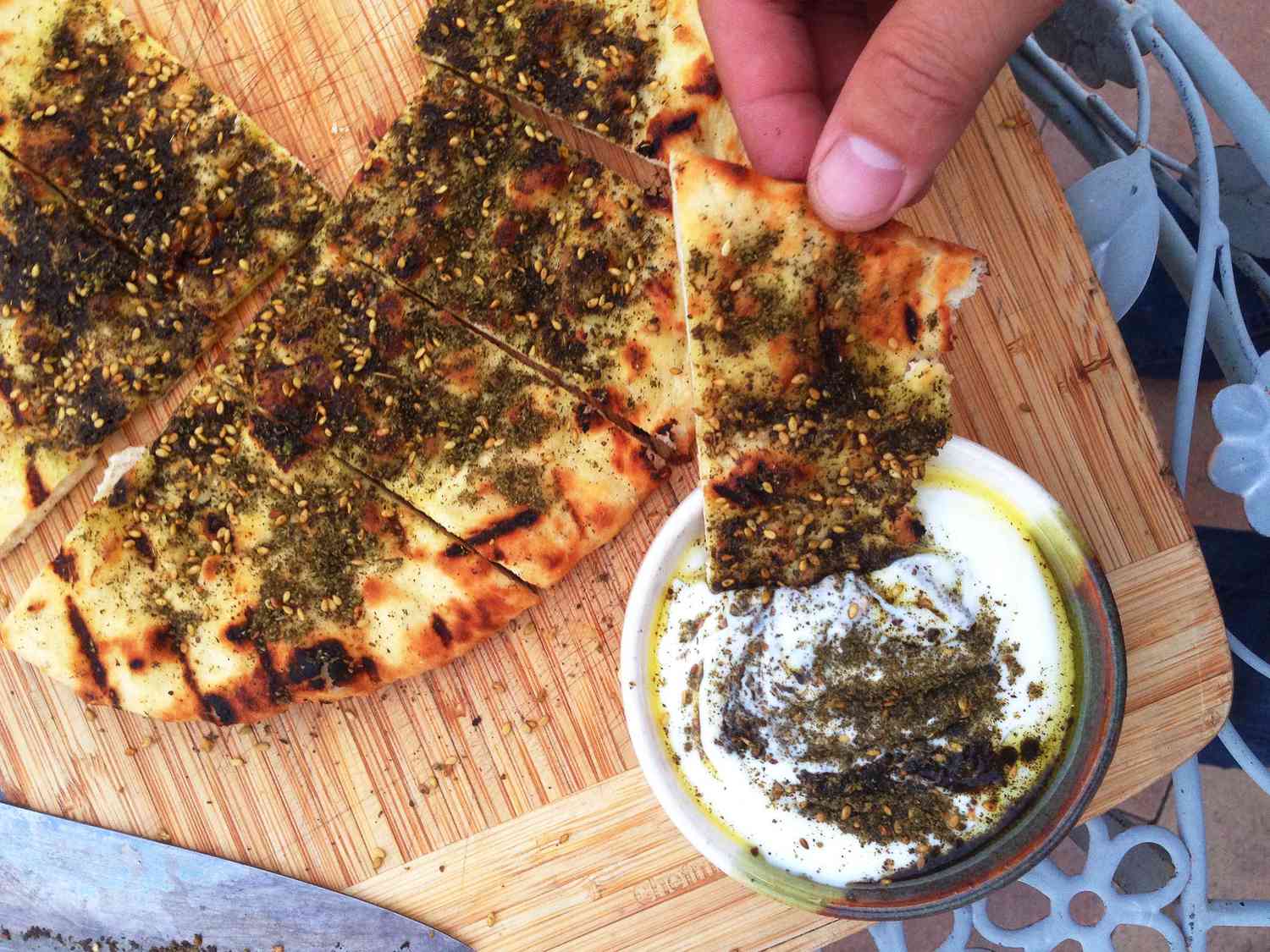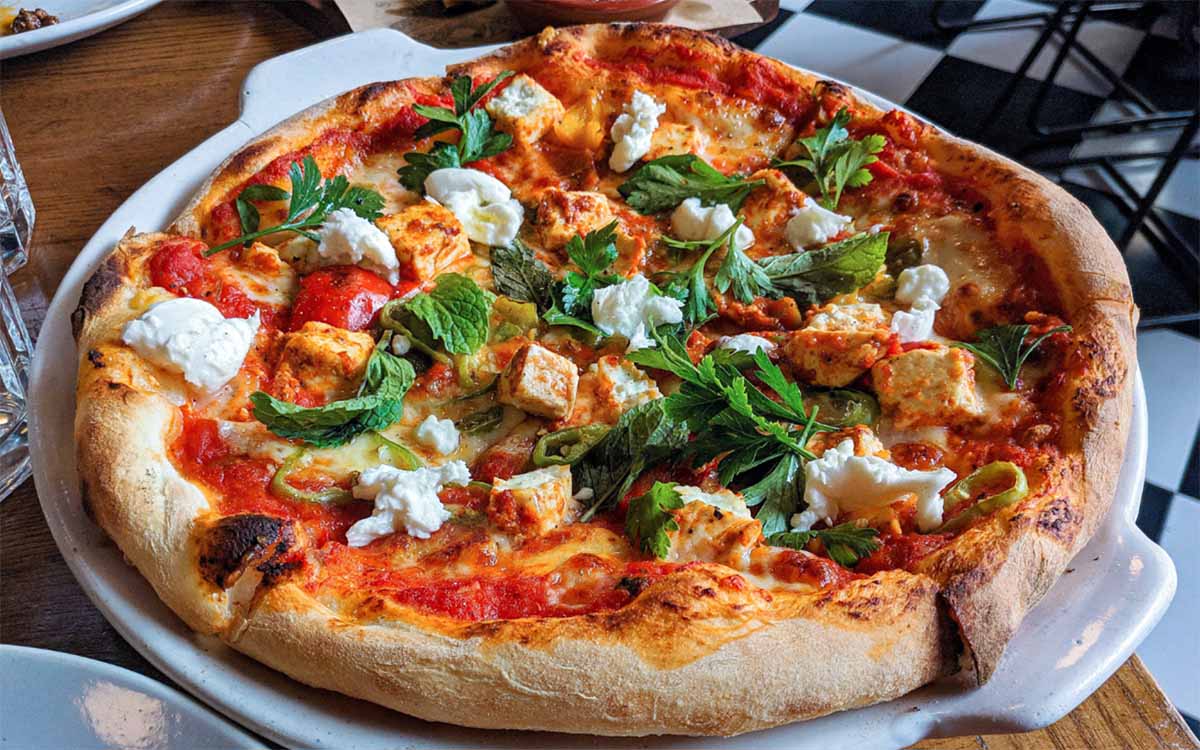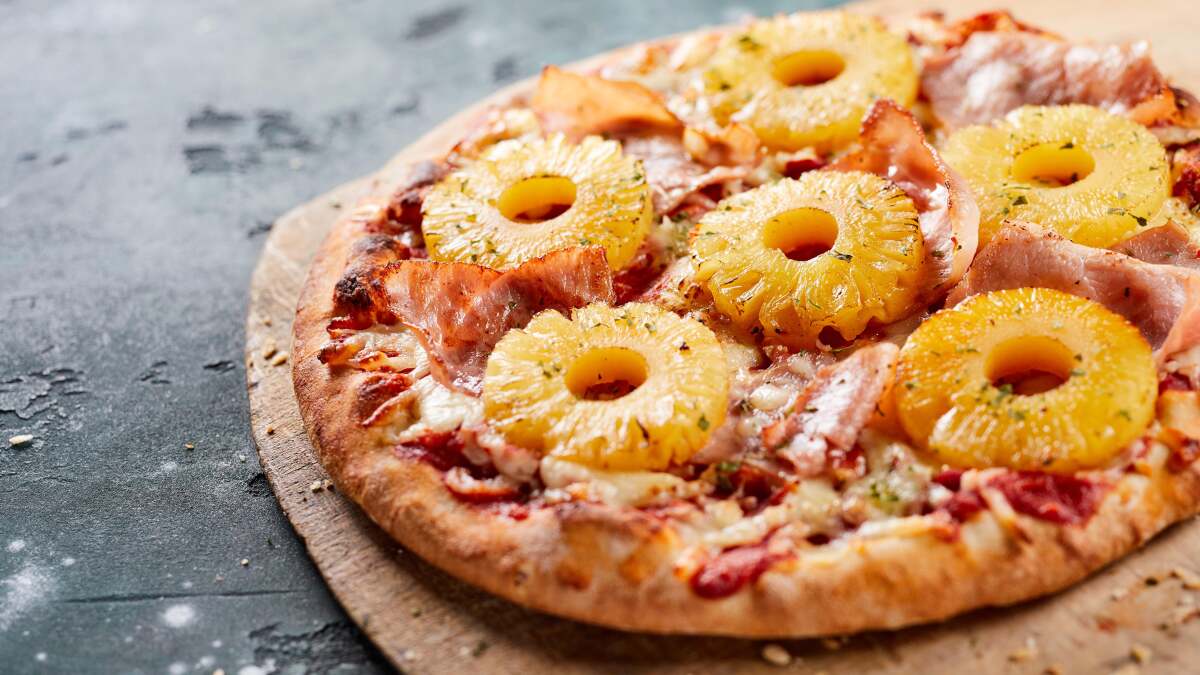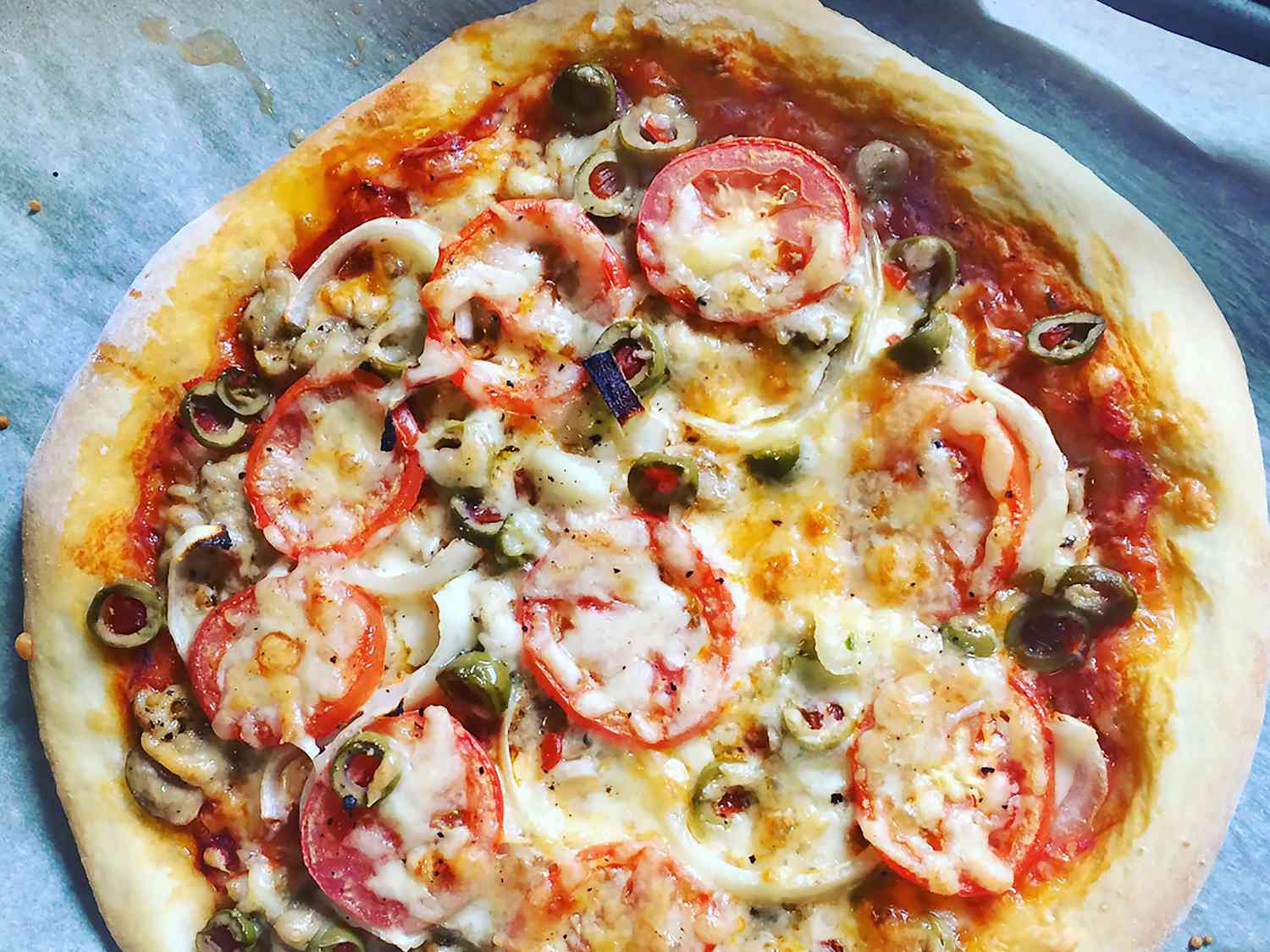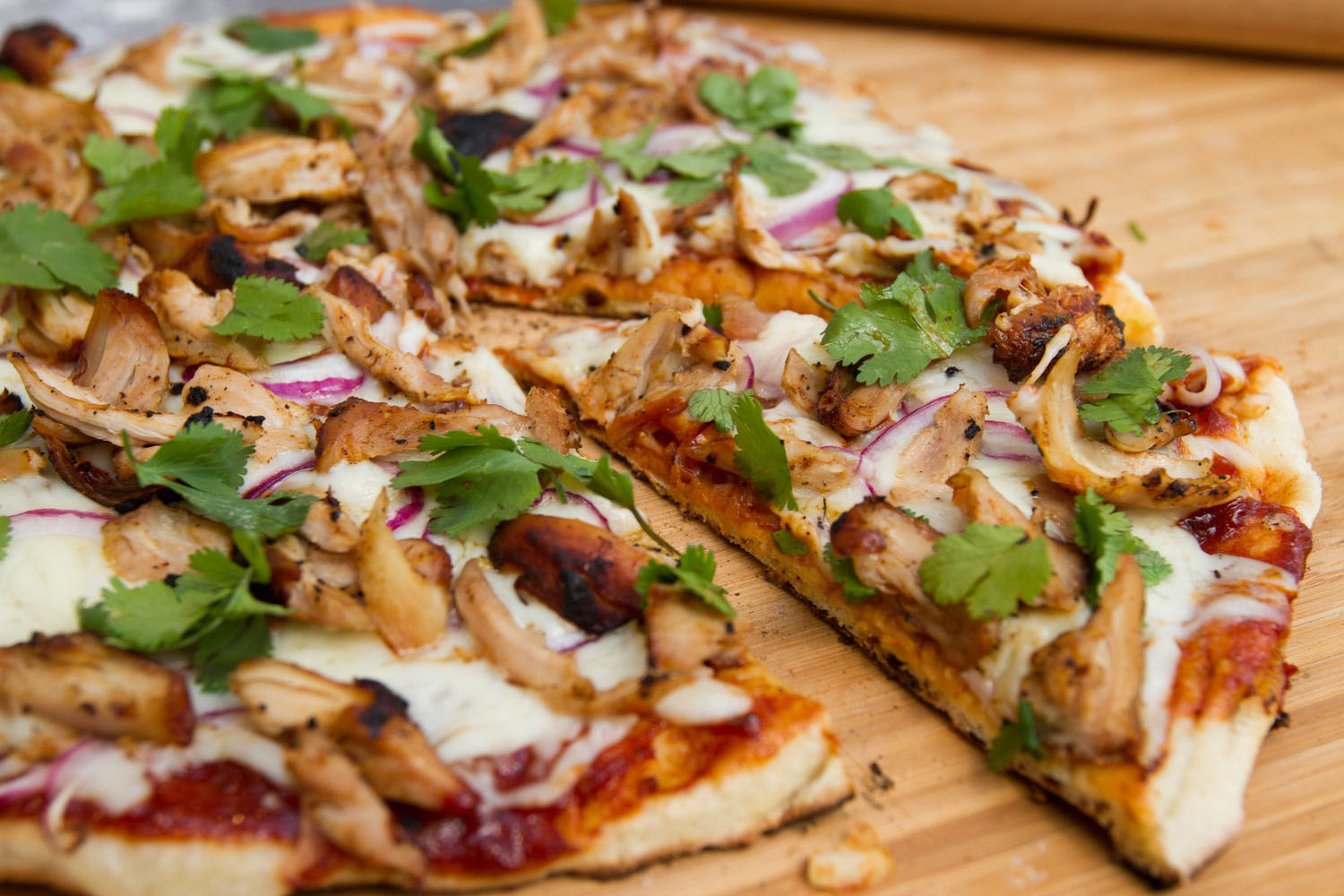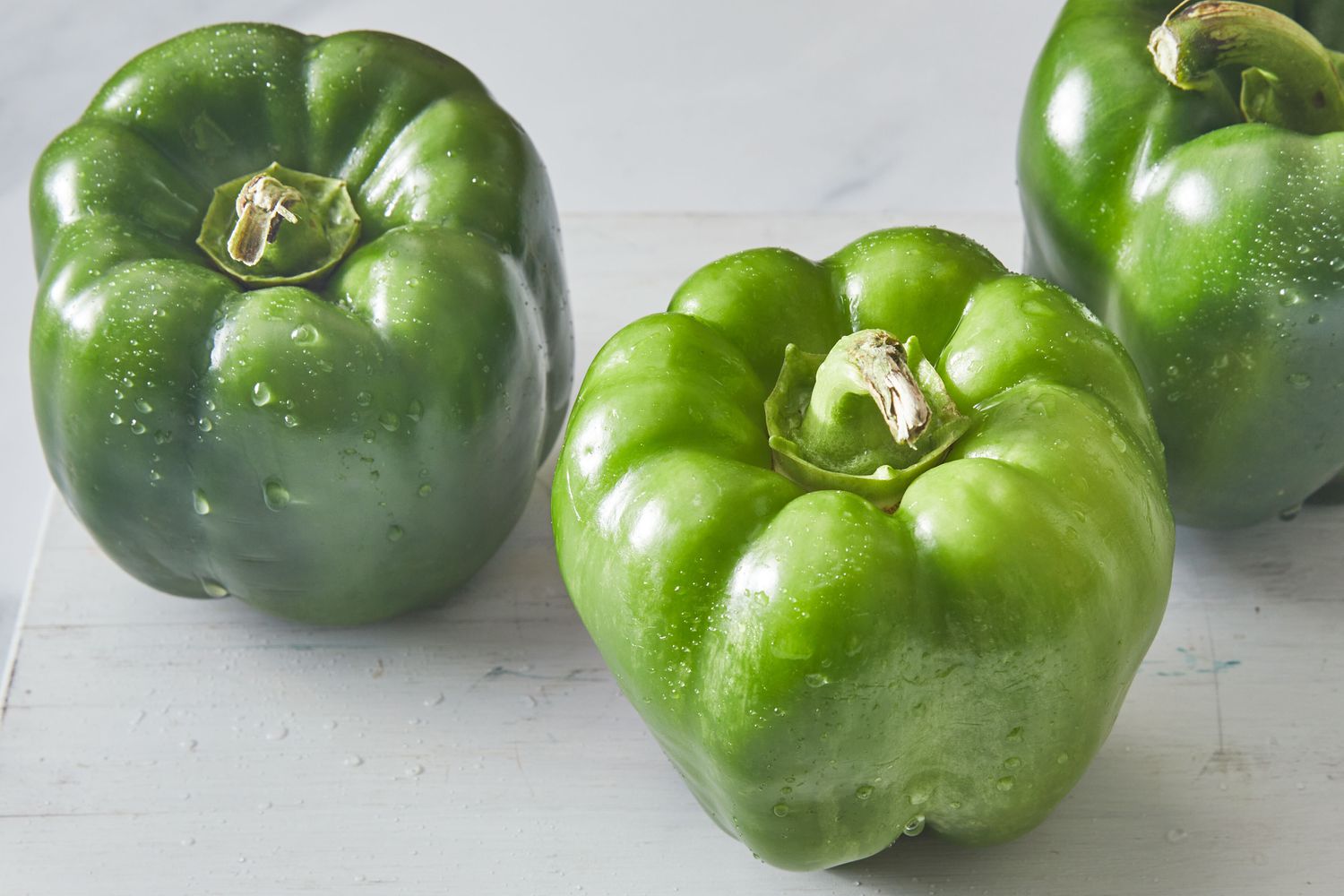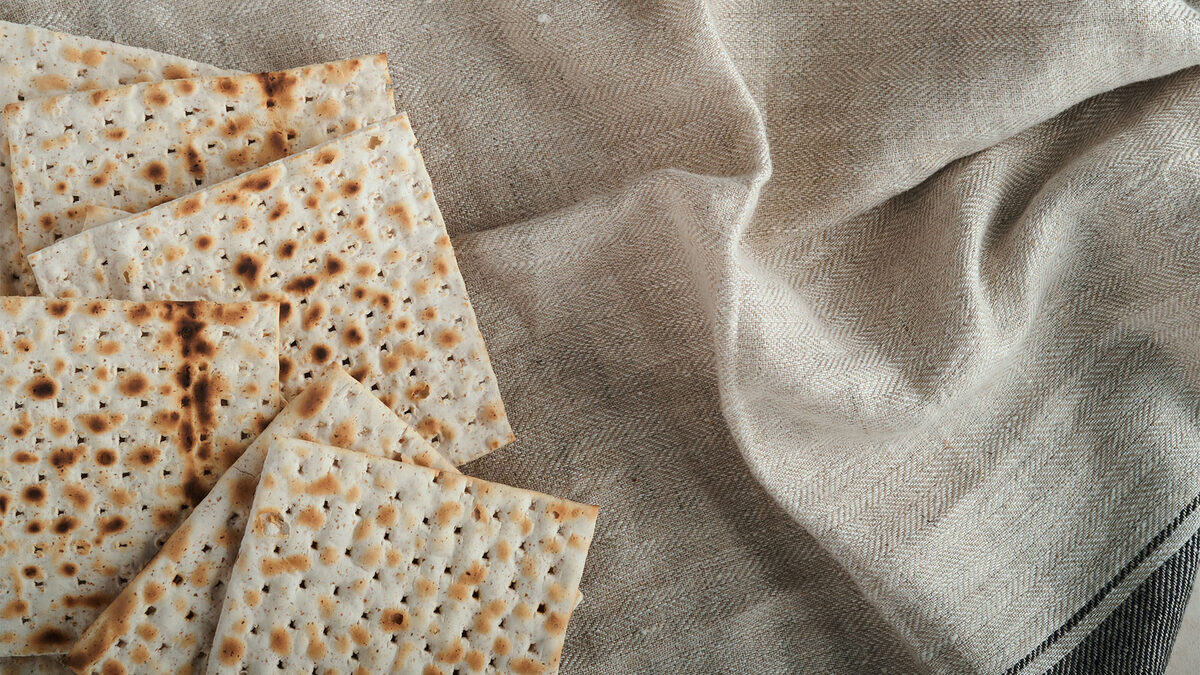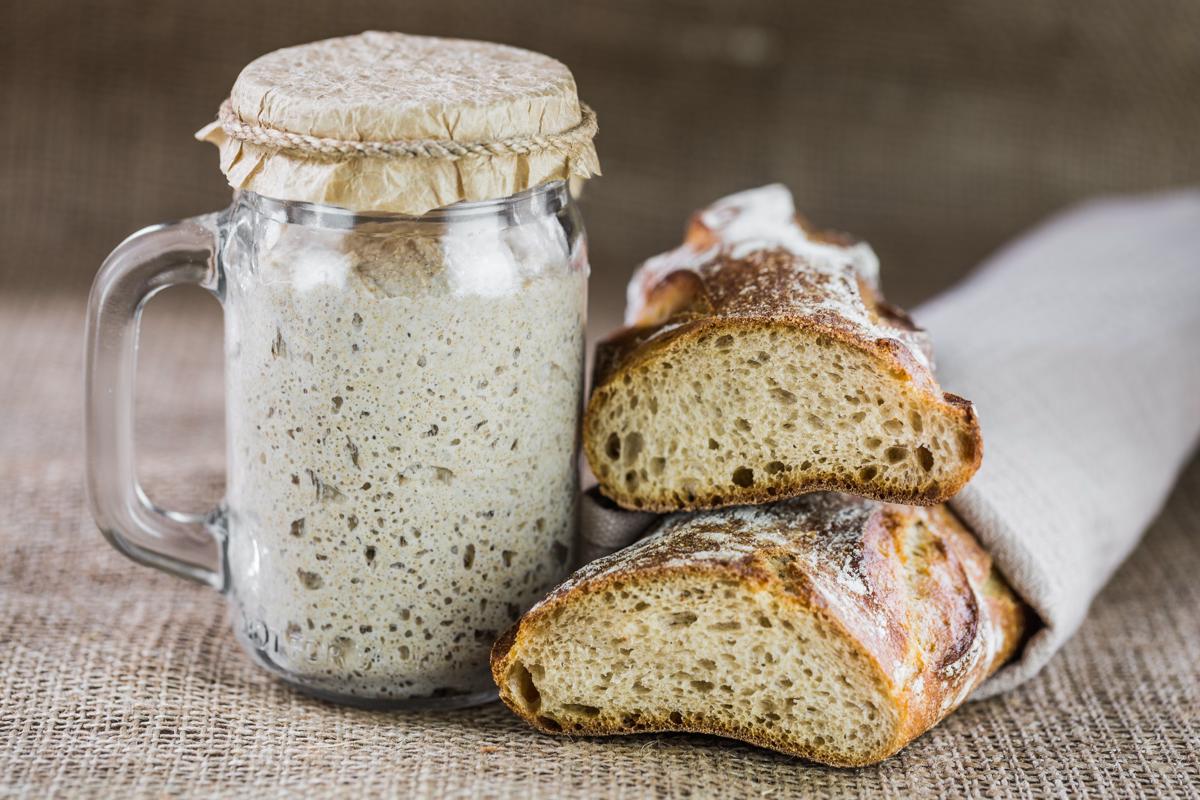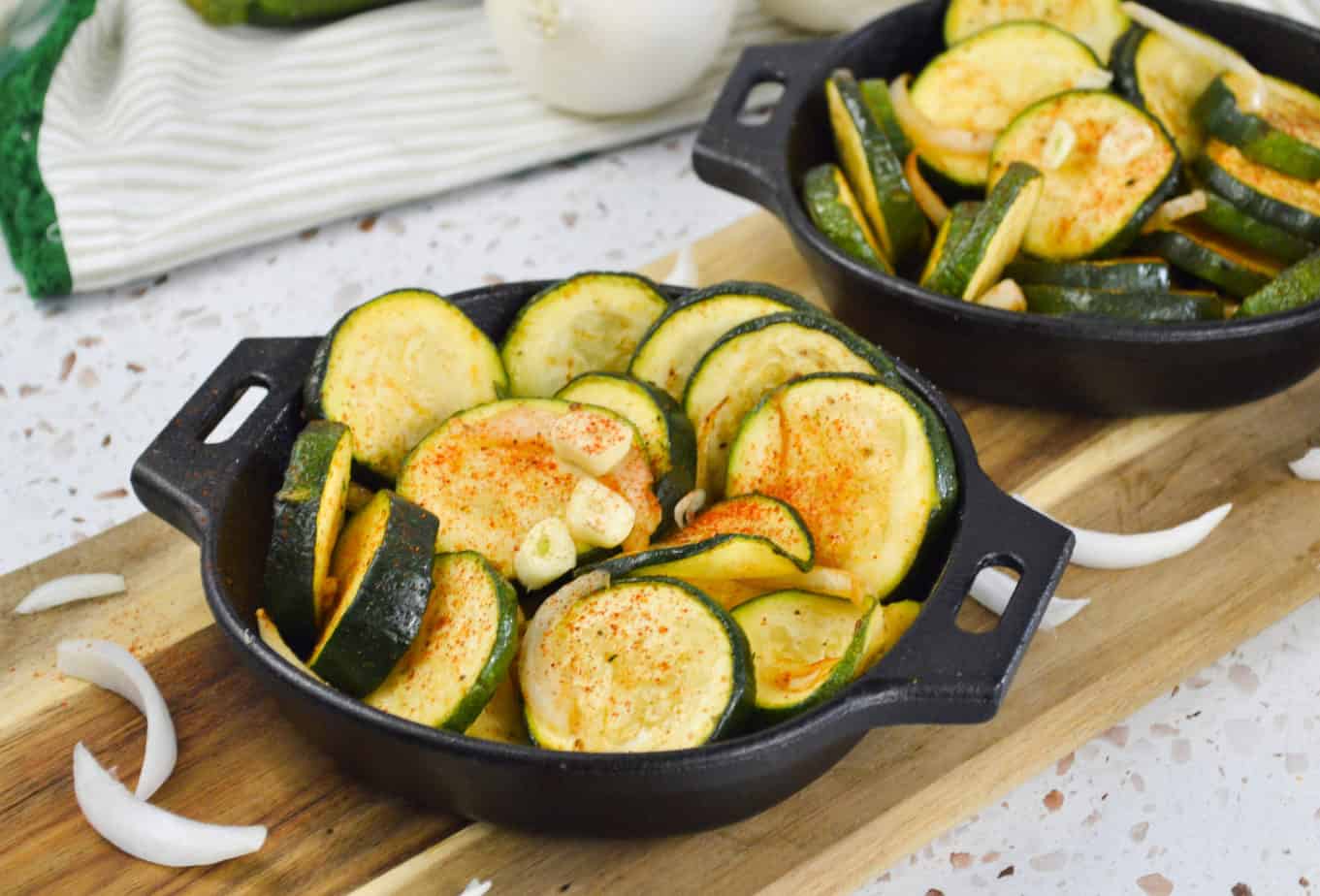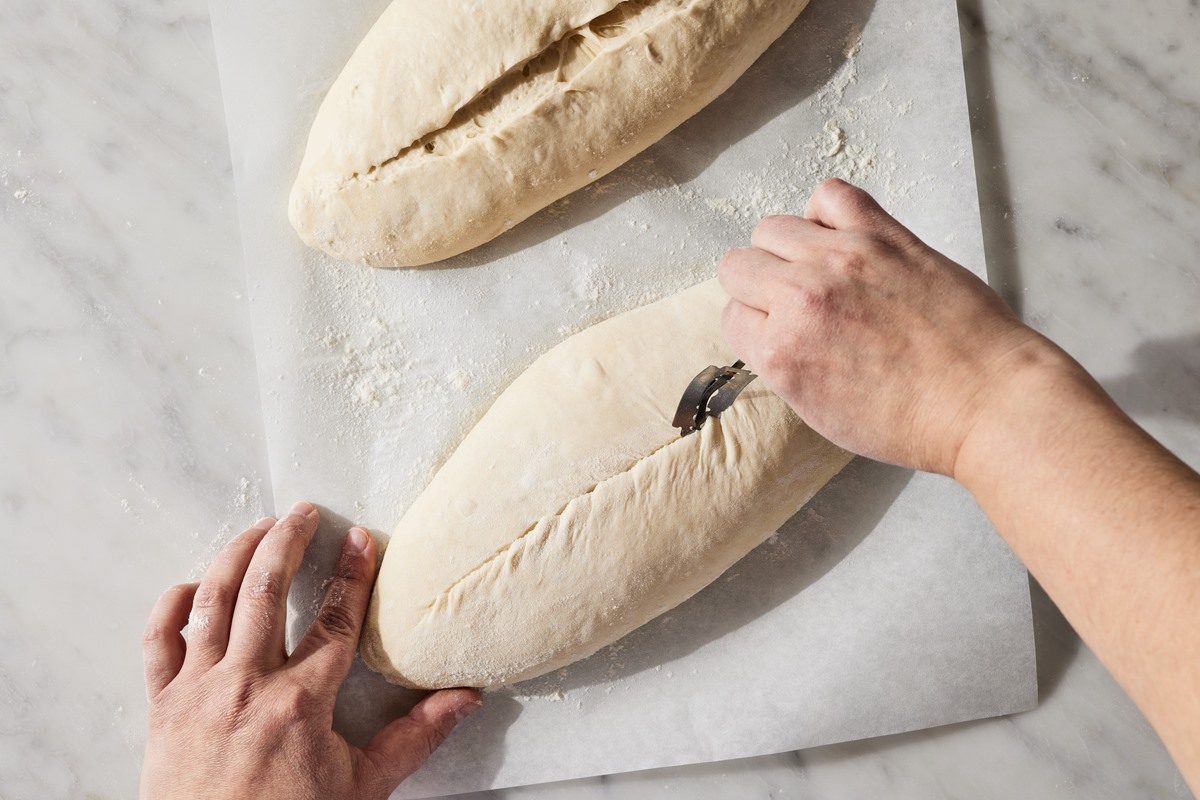Flatbreads and pizza have become beloved dishes worldwide, each region adding its unique twist. From Italy's classic Margherita to India's spicy naan, these versatile foods offer endless possibilities. In the Middle East, you'll find manakish topped with za'atar, while Mexico serves up tortillas filled with savory ingredients. Each culture brings its flavors, techniques, and traditions, making flatbreads and pizza a global culinary adventure. Whether baked in a wood-fired oven or cooked on a stovetop, these dishes unite people through their shared love for delicious, customizable meals. Let's explore how different countries put their spin on these timeless favorites.
Essential Ingredients for Crafting Global Takes on Flatbreads and Pizza
Italian Margherita Pizza
- 1 pizza dough ball
- 1/2 cup tomato sauce
- 1 cup fresh mozzarella, sliced
- 1/4 cup fresh basil leaves
- 2 tbsp olive oil
- Salt to taste
Indian Naan
- 2 cups all-purpose flour
- 1/2 cup warm water
- 1/4 cup plain yogurt
- 1 tsp sugar
- 1 tsp salt
- 1 tsp baking powder
- 1/2 tsp baking soda
- 2 tbsp melted butter
- 1 tbsp minced garlic (optional)
Middle Eastern Pita Bread
- 3 cups all-purpose flour
- 1 cup warm water
- 1 packet active dry yeast
- 1 tsp sugar
- 1 tsp salt
- 2 tbsp olive oil
Mexican Tortilla
- 2 cups masa harina (corn flour)
- 1 1/2 cups warm water
- 1/2 tsp salt
French Tarte Flambée
- 1 pizza dough ball
- 1/2 cup crème fraîche
- 1/2 cup fromage blanc or ricotta
- 1/2 cup thinly sliced onions
- 1/2 cup lardons or bacon bits
- Salt and pepper to taste
Turkish Lahmacun
- 1 pizza dough ball
- 1/2 lb ground lamb or beef
- 1/2 cup finely chopped tomatoes
- 1/4 cup finely chopped onions
- 1/4 cup finely chopped parsley
- 2 tbsp tomato paste
- 2 tbsp olive oil
- 1 tsp ground cumin
- 1 tsp paprika
- Salt and pepper to taste
Tools and Instruments Needed for Global Takes on Flatbreads and Pizza
Tools Needed:
- Mixing Bowl: For combining dough ingredients.
- Rolling Pin: To flatten the dough evenly.
- Baking Sheet or Pizza Stone: Provides a surface for baking.
- Measuring Cups and Spoons: Ensures accurate ingredient amounts.
- Knife or Pizza Cutter: For slicing the finished product.
- Pastry Brush: Useful for applying oil or sauces.
- Oven: Essential for baking.
- Spatula: Helps transfer dough and finished flatbreads.
- Cooling Rack: Allows baked goods to cool evenly.
- Tongs: Handy for handling hot flatbreads or pizza.
- Grater: For shredding cheese or other toppings.
- Mixing Spoon: To stir ingredients together.
- Cutting Board: Provides a surface for chopping toppings.
- Food Processor: Optional, for making dough quickly.
- Thermometer: Ensures the oven is at the correct temperature.
- Dough Scraper: Helps manage sticky dough.
Explore diverse flatbreads like Indian naan, Middle Eastern pita, and Italian pizza. Each offers unique flavors and textures, perfect for various toppings or dips, enhancing your culinary experience.
The Importance of Global Takes on Flatbreads and Pizza
Flatbreads and pizzas, staples in cuisines worldwide, offer a canvas for culinary creativity. From Italy's iconic pizza to India's spiced naan, these dishes reflect cultural identities and traditions. They bring people together, transcending language and borders, showcasing the universal language of food.
Innovations in toppings and techniques continue to evolve, making flatbreads and pizzas a dynamic part of global cuisine. Chefs and home cooks alike experiment with local ingredients, blending traditional and modern flavors. This ongoing evolution highlights the shared human experience of cooking and eating, uniting us through the simple joy of a well-made meal.
Step-by-Step Guide to Making Global Takes on Flatbreads and Pizza
-
Identify Regional Favorites
- Research flatbreads and pizza variations from different cultures.
- Focus on unique ingredients and preparation methods specific to each region.
-
Select Diverse Recipes
- Choose a variety of recipes that showcase global flavors.
- Include both traditional and modern takes to offer a broad taste spectrum.
-
Gather Authentic Ingredients
- Source authentic ingredients from specialty stores or international markets.
- For hard-to-find items, look for suitable substitutes that maintain the dish's integrity.
-
Preparation Techniques
- Learn specific dough preparation techniques, such as kneading and resting times.
- Understand baking or cooking methods, including oven types and temperatures.
-
Experiment with Toppings
- Use traditional toppings for authenticity or experiment with global ingredients for a fusion approach.
- Balance flavors, considering the interplay of sweet, savory, spicy, and umami.
-
Master Baking Skills
- Practice achieving the perfect crust, whether it's thin and crispy or thick and fluffy.
- Adjust cooking times and temperatures based on the dough's thickness and ingredient density.
-
Presentation and Serving
- Present flatbreads and pizzas in a way that highlights their unique features.
- Pair with side dishes or sauces that complement the main flavors.
-
Cultural Appreciation
- Understand the cultural significance of the dishes being prepared.
- Share stories or facts about the dish's origins when serving, enhancing the dining experience.
-
Feedback and Iteration
- Solicit feedback from those who try your dishes.
- Use comments to refine recipes, adjusting flavors and textures as needed.
-
Document and Share
- Take photos of your creations and share them on social media or food blogs.
- Include notes about your inspiration, the recipe's origin, and personal tweaks.
-
Join Cooking Communities
- Engage with online forums or local cooking classes focused on international cuisines.
- Exchange tips, recipes, and experiences with fellow cooking enthusiasts.
-
Host Tasting Events
- Organize events where guests can sample a variety of your flatbreads and pizzas.
- Use these gatherings as an opportunity to discuss the global influences on your cooking.
-
Continuous Learning
- Stay curious about global cuisines and their evolving trends.
- Regularly incorporate new recipes and techniques into your repertoire to keep your offerings fresh and exciting.
Bringing It All Together
Flatbreads and pizza offer a delicious journey through global cuisines. From Italy's classic Margherita to India's spicy naan, these dishes showcase diverse flavors and techniques. Whether you're a fan of thin, crispy crusts or thick, chewy bases, there's a flatbread or pizza out there for everyone. Experimenting with different toppings and dough recipes can lead to some amazing culinary discoveries. Don't be afraid to mix and match ingredients from various cultures. Cooking these at home can be a fun, rewarding experience that brings people together. So grab your rolling pin, preheat your oven, and start exploring the world of flatbreads and pizza. Happy cooking!
Frequently Asked Questions About Global Takes on Flatbreads and Pizza
What makes flatbreads and pizza different from each other?
At their core, flatbreads are versatile staples in many cultures, often made with simple ingredients like flour, water, and salt, then cooked on a hot surface. Pizza, while technically a type of flatbread, takes things up a notch with its signature toppings of sauce, cheese, and various other ingredients, all baked to perfection. The main distinction lies in these toppings and the method of cooking, making pizza a beloved dish worldwide.
Can you recommend a flatbread recipe that's easy for beginners?
Absolutely! Start with a basic naan bread. You'll need flour, baking powder, salt, sugar, milk, and yogurt. Mix your dry ingredients, then add in the wet ones to form a dough. After letting it rest, roll it out and cook each piece in a hot skillet until it puffs up. Brush with melted butter, and voila, you've made your first flatbread!
What's a unique pizza topping combination I should try?
For a twist on the classic, go for pear, gorgonzola cheese, and caramelized onions. This combo brings sweet, savory, and tangy flavors together on a crispy crust, creating a gourmet pizza experience right at home. Don't forget to drizzle some balsamic glaze on top for that extra zing!
How do I get my pizza crust to be crispy and airy?
Key to a crispy and airy crust is a hot oven and the right hydration in your dough. Aim for a hydration level around 60-70% of your flour's weight in water. Preheat your oven with a pizza stone or steel inside to 500°F (260°C) for at least an hour before baking. Stretch your dough rather than rolling it to preserve those air pockets. Lastly, bake your pizza swiftly to achieve that perfect crust.
Is there a gluten-free option for pizza and flatbread dough?
Yes, there are many gluten-free flour blends available that work wonderfully for both pizza and flatbread doughs. Look for a blend that substitutes wheat flour with rice, potato, tapioca, and xanthan gum to mimic the texture and elasticity of traditional dough. Remember, hydration might need adjustment, as gluten-free flours absorb moisture differently.
What's a traditional flatbread from another culture I can make?
Try your hand at making Ethiopian injera, a sourdough-risen flatbread with a unique, slightly spongy texture. It's made from teff flour and water, fermented to achieve its distinct flavor. Injera serves as both a dish and a utensil, used to scoop up meats and vegetables. It's a fascinating culinary journey to embark on!
How can I make my homemade pizza taste like it came from a pizzeria?
Achieving that pizzeria taste at home boils down to high heat and quality ingredients. Use a pizza stone or steel to mimic a professional oven's cooking surface, heating it as hot as your oven will go. Invest in top-notch tomatoes for your sauce, fresh mozzarella, and high-quality olive oil. Lastly, don't skimp on fresh herbs for garnishing; they make all the difference.
